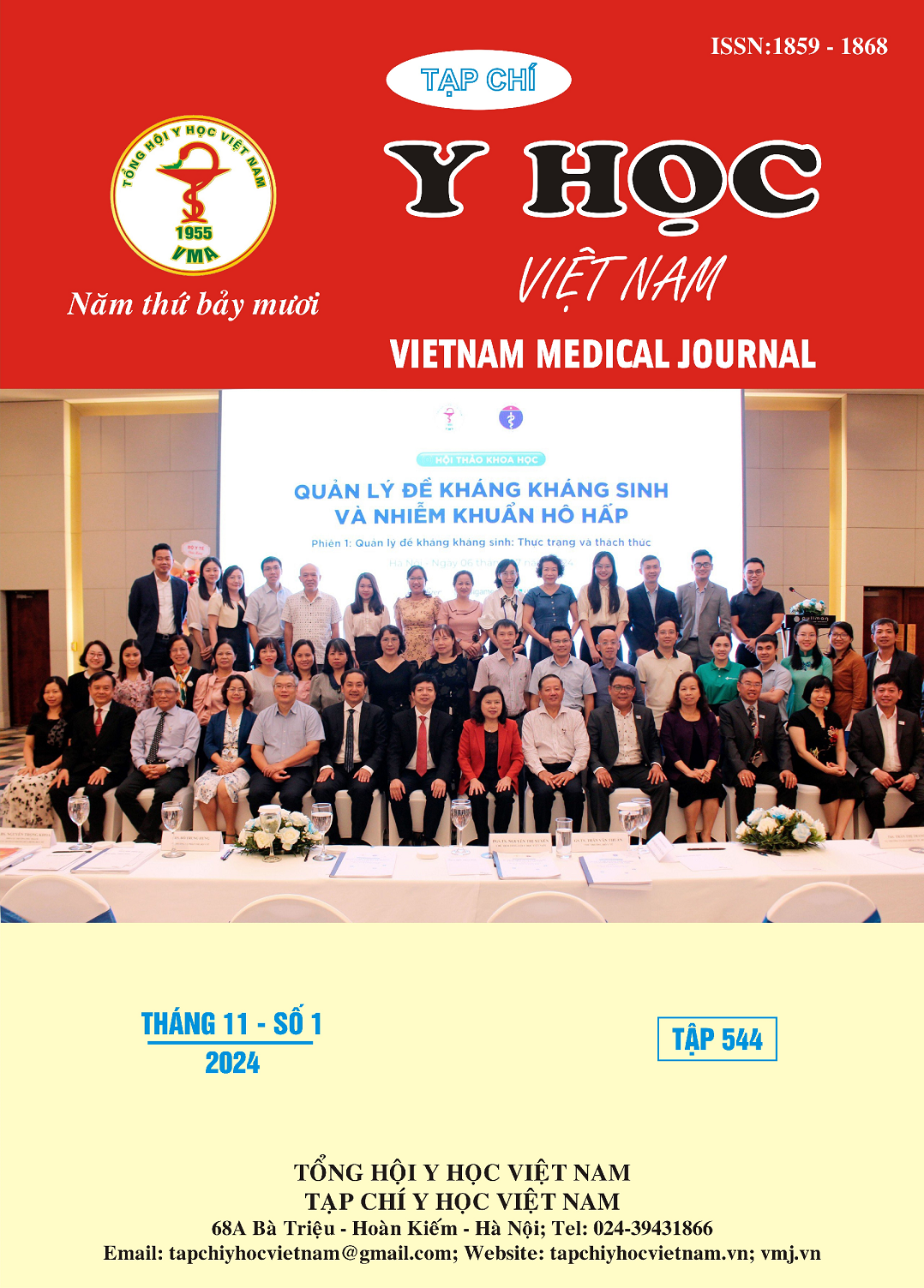ĐÁNH GIÁ KẾT QUẢ ĐIỀU TRỊ KHÔ MẮT VÀ TÁC DỤNG PHỤ CỦA DIQUAFOSOL 3% SAU 4 TUẦN ĐIỀU TRỊ Ở SINH VIÊN TRƯỜNG CAO ĐẲNG Y TẾ BẠC LIÊU
Nội dung chính của bài viết
Tóm tắt
Đặt vấn đề: Khô mắt là bệnh mạn tính do mất ổn định phim nước mắt, gây triệu chứng khó chịu và/hoặc suy giảm thị giác, có thể kèm tổn thương bề mặt nhãn cầu. Mục tiêu: Đánh giá kết quả chung điều trị khô mắt và tác dụng phụ của Diquafosol 3%. Đối tượng và phương pháp: Nghiên cứu mô tả cắt ngang trên 728 sinh viên đang học tại Trường Cao đẳng Y tế Bạc Liêu. Đánh giá kết quả điều trị dựa vào thang đo OSDI và độ ổn định của phim nước mắt (FBUT). Kết quả: Diquafosol 3% là một lựa chọn điều trị an toàn để điều trị bệnh khô mắt vì có khả năng khỏi bệnh trong 4 tuần đầu với tỷ lệ 100% (p<0,001) và có ít tác dụng phụ (3,7% có triệu chứng). Kết luận: Diquafosol 3% là một lựa chọn điều trị an toàn và hiệu quả bệnh khô mắt.
Chi tiết bài viết
Từ khóa
Diquafosol 3%, khô mắt, FBUT
Tài liệu tham khảo
2. Hội Nhãn khoa Việt Nam (2022), Khuyến nghị trong thực hành lâm sàng Chẩn đoán và điều trị bệnh lý khô mắt tại Việt Nam, Nhà Xuất Bản Y Học.
3. Yokoi Norihiko (2021), TFOD và TFOT Chẩn đoán và điều trị khô mắt dựa vào phim nước mắt, Nhà xuất bản Y học.
4. Aćimović L, Stanojlović S, Kalezić T, Krnjaja BD (2022), "Evaluation of dry eye symptoms and risk factors among medical students in Serbia", Plos one, 17(10), pp. e0275624.
5. Doughty M J, Glavin S (2009), "Efficacy of different dry eye treatments with artificial tears or ocular lubricants: a systematic review", Ophthalmic and Physiological Optics, 29(6), pp. 573-583.
6. Eom Y, Kim HM (2021), "Clinical effectiveness of diquafosol ophthalmic solution 3% in Korean patients with dry eye disease: a multicenter prospective observational study", International Journal of Ophthalmology, 14(10), pp. 1518.
7. Tsubota K, Yokoi N, Shimazaki J, Watanabe H, Dogru M, et al (2017), "New perspectives on dry eye definition and diagnosis: a consensus report by the Asia Dry Eye Society", The ocular surface, 15(1), pp. 65-76.
8. Wang W, Sun X, Zhao J, Hao J, Zhao S, et al (2023), "3% diquafosol sodium eye drops in Chinese patients with dry eye: a phase IV study", Frontiers in Medicine, 10, pp. 1089613.
9. Wu D, Chen WQ, Li R, Wang Y (2015), "Efficacy and safety of topical diquafosol ophthalmic solution for treatment of dry eye: a systematic review of randomized clinical trials", Cornea, 34(6), pp. 644-650.


